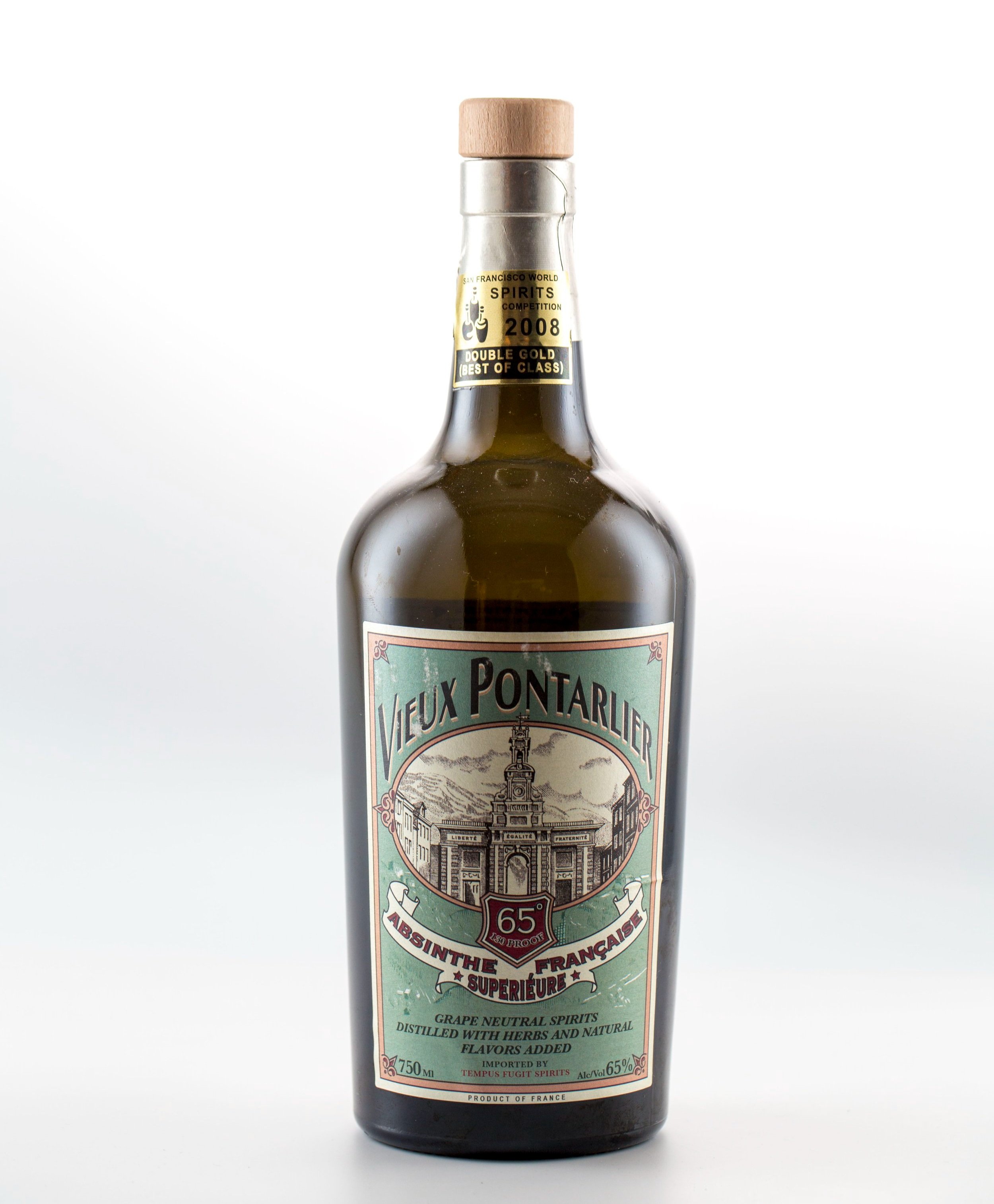Absinthe
Beware the wormwood. Or at least that’s what enough government bodies decided was scary enough to ban Absinthe altogether, entirely, from our lives, for decades of time. It was St. George Spirits in Alameda that cranked up the Absinthe machinery again, on December 21, 2007, on the anniversary of Prohibition’s Repeal, the first legal producer in the United States since 1912.
Once thought to be hallucinogenic, this high-proof herbal liquor was banned by the federal government in a prohibitionist frenzy because of the wormwood. Wormwood contains thujone, a chemical compound detractors suspected was the culprit that sent imbibers into wild, green-fairy-filled delusions and made them crazy. There’s been a longing for it ever since.
It was around the same time that Absinthes from France and Switzerland started making their way back into America as well, with Lucid, Absente and Kubler among the first. The Europeans continue to make most of the Absinthe found in bars and store shelves.
It’s known for its strong essence of anise, and indeed most producers are incorporating handfuls of botanicals into their version of the spirit, from star anise to fennel. Traditionally, it has been enjoyed with a sugar cube, melted slowly into the glass. But the sugar might have been a lazy way of cutting through the spirit’s harshness, when not well made.
Related, anise-based spirits made without wormwood include the popular Pernod, which is a brand of pastis, very popular as a summertime quaff in the countryside of France.
It’s better straight, with just a couple of ice cubes, which will help develop a louche layer and cascades of oils wafting off. Then more water is best added. Anyhow, we tasted through several straight up like a couple of Rimbaud-ready rock stars.
Duplais Swiss Absinthe Blanche we found to be a well-integrated, complex smooth operator, the recipe based on 19th-century French distiller P. Duplais’s distiller’s manual. It uses both Pontarlier and Swiss wormwood, comingling them with a bitch’s brew of botanicals also grown in Switzerland. The water? From the Alps, of course. Clear in color, we loved it all on its own, no ice or sugar required.
Our runner-up, Absinthe Brevans H.R. Giger, is based on a recipe that dates back to 1897. We were lured in by its powder keg of cinnamon and nutmeg, warming notions that gave us comfort despite its intensity. Pontarlier and Swiss wormwood figure in, but the most interesting side note is that Emerson, Lake and Palmer used the same painting found on the label for their 1970s-era album, “Brain Salad Surgery II.” If that doesn’t make you want to take a sip, nothing will.

